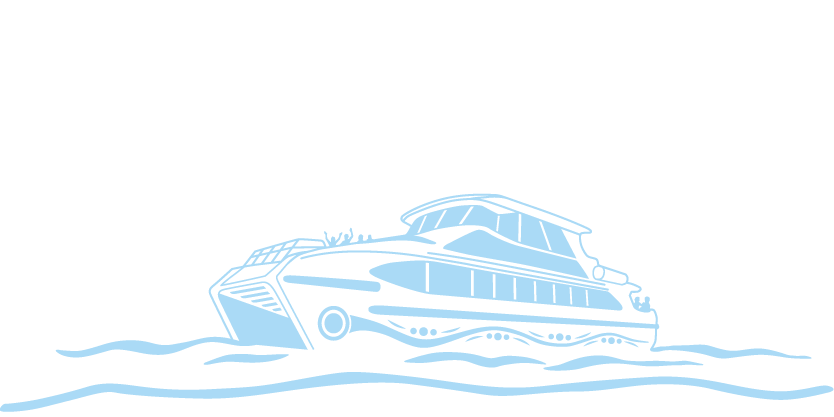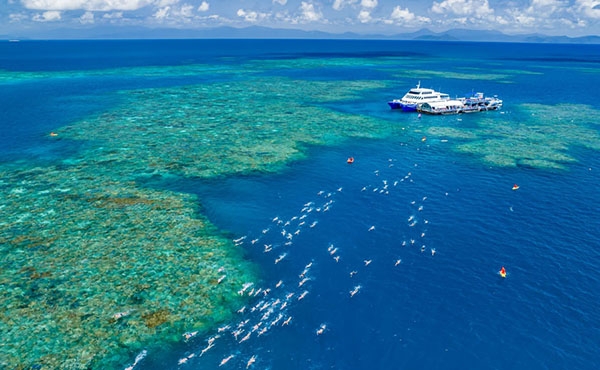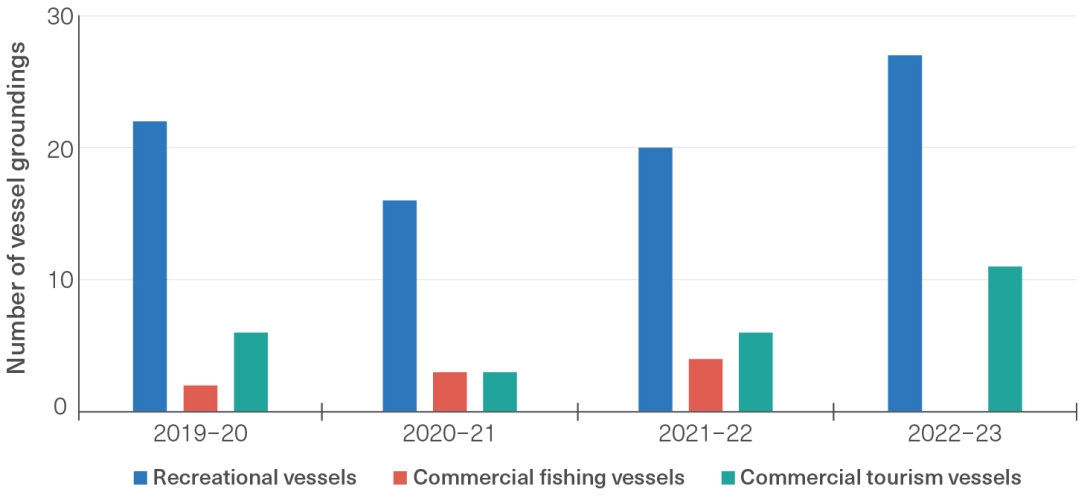How people use the Region for recreation varies. Recreational use (excluding fishing) is not regulated by the Marine Parks permission system, and few studies have investigated its impact. Recreational uses can affect the Reef through direct localised impacts, such as anchor damage, litter, vessel groundings, handling marine organisms (such as sea stars), boat strikes on marine organisms, disturbance of shipwrecks and other heritage sites, disturbance by personal drones of wildlife and human enjoyment, damage to corals from snorkelling and diving fins, and negative interactions between different users especially in relation to vessel, speed and noise (for example, jet skis).1368,1381 Indirect impacts include encroachment of structures on the Region, such as those that provide access and facilities for recreational users (for example, boat ramps, moorings and underwater structures). Most impacts are minimal and concentrated around major population centres. However, given the large number of recreational users in the Region, the cumulative effect of many small impacts concentrated in certain areas can be significant.
Recreational users may interrupt the connection Traditional Owners have to their Sea Country by removing or damaging significant artefacts or sites of cultural significance (whether intentional or unintentional).1368 High recreational use in culturally significant areas can also displace Traditional Owners by preventing them from accessing these sites and practising their culture (Chapter 9).
Damage to the environment from tourism, commercial fishing and recreational vessels occurs in the Region due to accidental groundings, human error and severe weather. The number of such incidents from tourism and recreational vessels is likely to rise with increasing visitation. From 2019 to 2022, recreational vessel groundings were more common than either tourism or commercial fishing vessel groundings (Figure 5.16). It is assumed that the number of incidents occurring in the Region is higher than what is reported to managing agencies.



